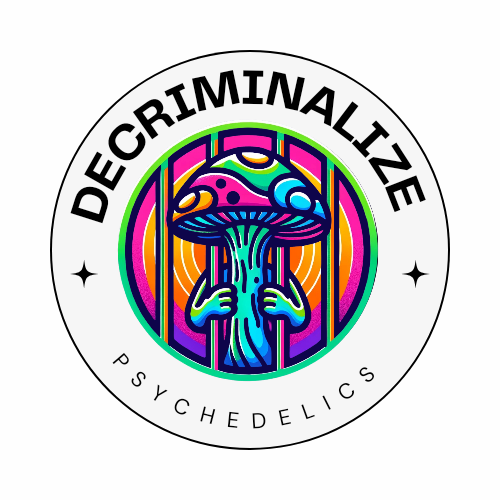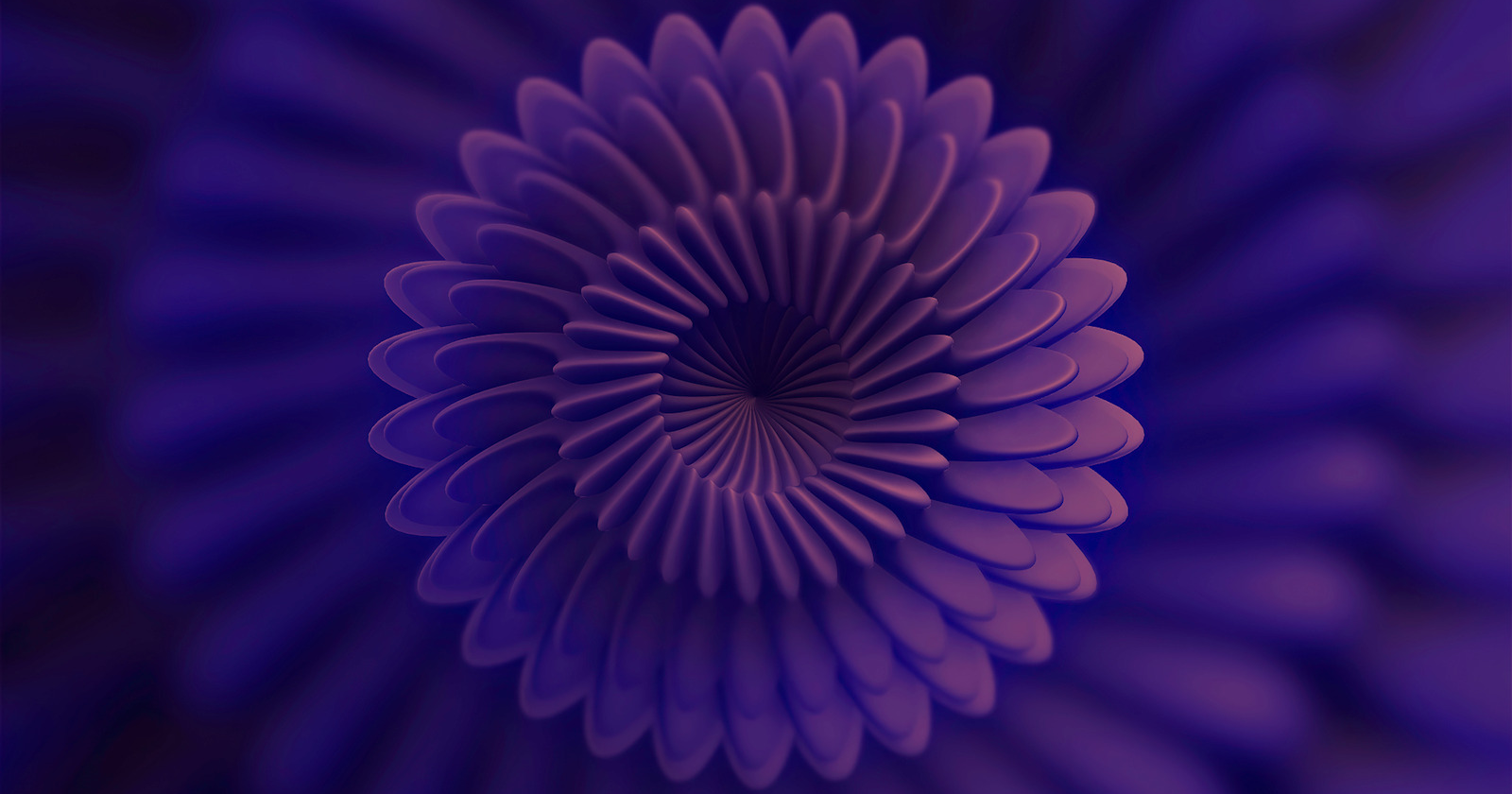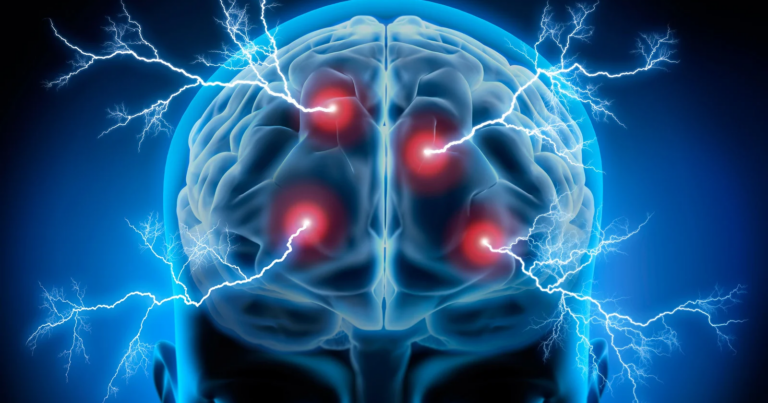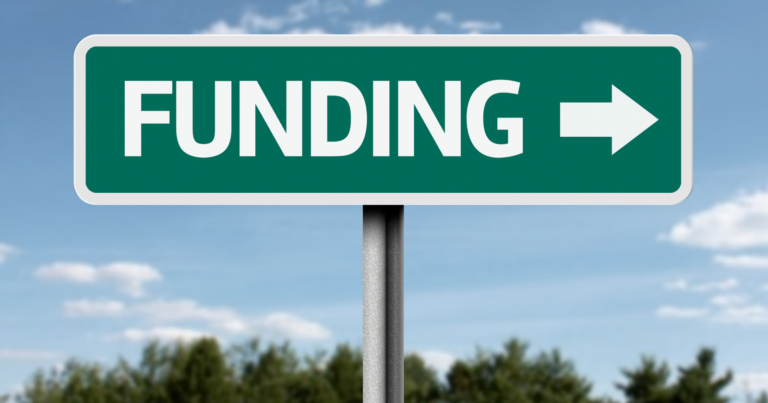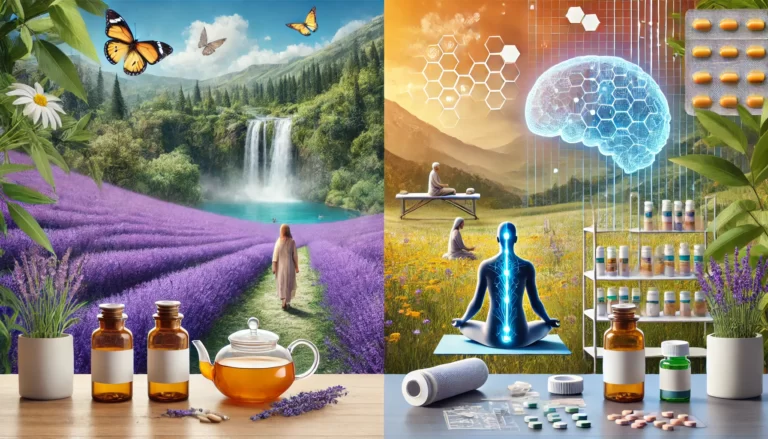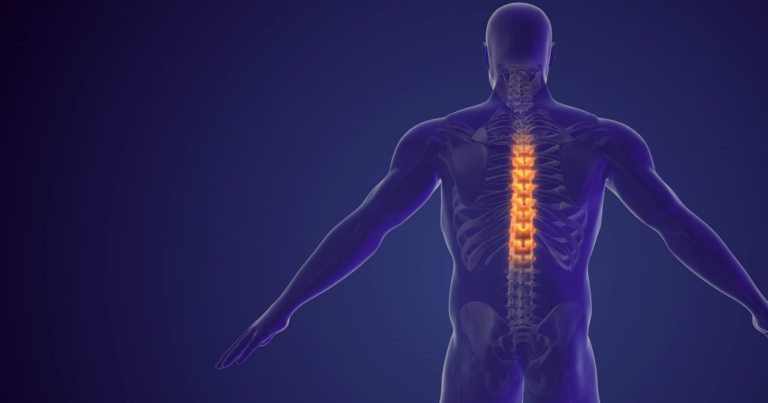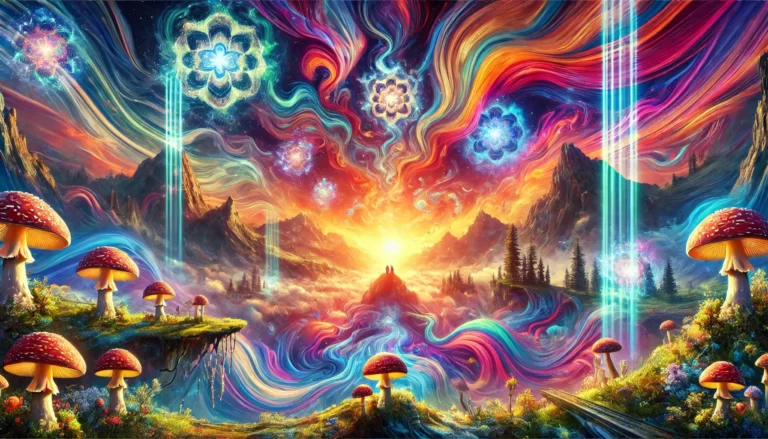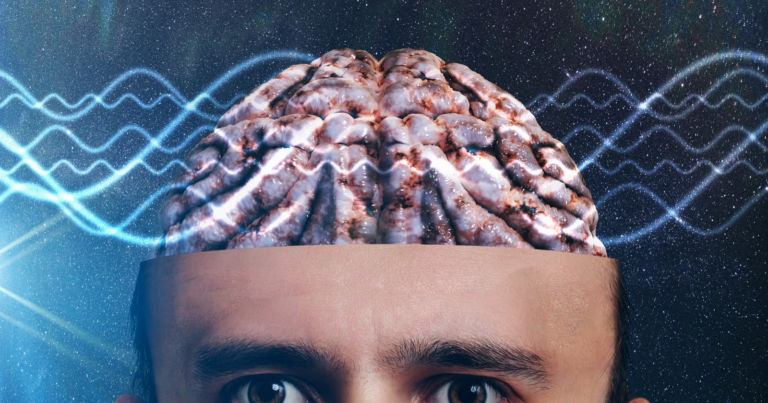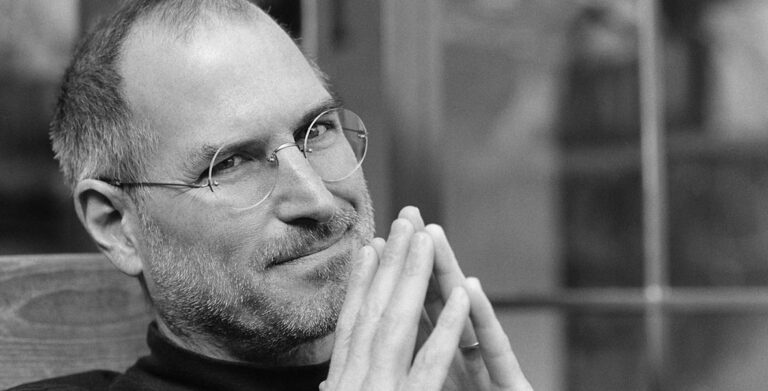Mescaline is more than just a trip.
You’ve probably heard that this psychedelic is dangerous. But have you considered its profound effects on spirituality and healing?
Let me tell you about some of its spiritual significance and its role in healing — both in modern contexts and traditional ones.
What you read might surprise you…
Mescaline’s Spiritual Significance
I remember the first time I came across mescaline. It was during my college years, in a dusty old anthropology book that had been left untouched for ages in the library.
The words “Peyote ceremonies” jumped out at me and I was intrigued.
I learned that many Native American tribes, particularly those in the southwestern United States and northern Mexico, have used mescaline, derived from the peyote cactus, for millennia. They see it as a way to commune with the spiritual world, to gain insight and wisdom.
The more I read, the more fascinated I became.
Here was a substance that could act as a bridge between our world and another, unseen one. It wasn’t about getting high or escaping reality.
It was about becoming more connected to it.
The Healing Properties of Mescaline
Fast forward a few years, and I found myself in a small town in Peru. An elder in the community invited me to participate in a traditional mescaline ceremony, known locally as a Huachuma ritual.
The ceremony was intense and transformative.
But what amazed me the most was how people used it for healing. I met people who claimed to have overcome deep-seated traumas, anxiety, depression, even addiction through their experiences with mescaline.
These were not just random anecdotes.
Scientific studies are starting to back up these claims. Research has found potential therapeutic uses for mescaline in treating mental health disorders.
This is not to suggest that mescaline is some miracle cure-all.
But it definitely got me thinking: What other potential does this substance hold that we’re only just beginning to understand?
Mescaline’s Role in Modern Medicine
In the 1950s and 60s, mescaline was used in psychotherapy to treat various conditions.
One of the most famous advocates of its therapeutic use was Humphry Osmond, a British psychiatrist who administered it to hundreds of his patients.
He even coined the term “psychedelic”, which means “mind-manifesting”, to describe the effects of substances like mescaline.
The Overlooked Wisdom of Traditional Practices
In our rush to advance and modernize, we often forget to look back at the knowledge and wisdom of those who came before us. The use of mescaline in traditional contexts is one such example.
Centuries-old practices hold a profound understanding of healing and spirituality that we seem to have lost in the hustle and bustle of our modern lives.
The respect and reverence with which indigenous communities approach mescaline is a stark contrast to our often careless and casual attitude towards psychoactive substances.
It’s a reminder that mescaline isn’t just about the substance itself, but about the intention, the ritual, the community, and the connection to something greater than oneself.
And maybe, just maybe, we have something to learn from this.
Reevaluating our Understanding
I’ll be honest with you, my journey of understanding mescaline has been far from linear. There were times I struggled with my own biases, my own preconceived notions.
I had to confront the societal stigma associated with substances like mescaline. I had to reconcile the stark difference between its traditional use and its reputation in the modern world.
But in the end, it’s been worth it. I’ve gained a deeper appreciation of a substance that is not only potent but also rich in cultural and historical significance.
And most importantly, it’s taught me to keep an open mind, to question what I think I know, and to always be ready to learn and grow.
Exploring the Legal Landscape
As I delved deeper into the world of mescaline, I found myself grappling with its complex legal status.
Mescaline is considered a Schedule I substance under the United Nations 1971 Convention on Psychotropic Substances. This means it’s classified as having a high potential for abuse and no accepted medical use.
But, there are exceptions for its religious use in certain countries, including the United States.
This is largely thanks to the efforts of indigenous communities who have fought to preserve their traditional practices.
The legal landscape is murky and ever-changing, reflecting our ongoing struggle to understand and regulate substances like mescaline.
Looking Towards the Future
Reflecting on my own journey and the journey of mescaline itself, I can’t help but wonder about its future. How will our understanding and use of this substance evolve? What new insights might science offer?
We’re living in a time when interest in psychedelics is resurging, both within scientific circles and society at large. And with this renewed interest comes the potential for new discoveries and a deeper understanding.
But, as we navigate this uncharted territory, it’s crucial that we approach it with respect and caution. If my journey has taught me anything, it’s that mescaline is more than just a substance; it’s a tool for connection, introspection, and healing.
And as we look to the future, let’s not lose sight of its past.
The wisdom of traditional practices serves as a powerful reminder that mescaline isn’t just about altering one’s consciousness but about understanding ourselves and our place in the universe.
